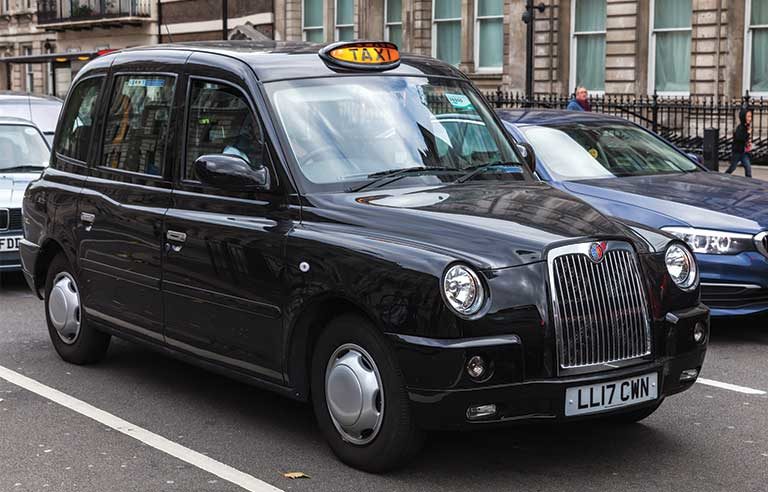Taxi drivers in urban areas face increased exposure to diesel fumes: UK study

London — Professional drivers in congested cities should take measures to lower their exposure to air pollution, a team of British researchers is warning after its recent study showed that these workers, particularly taxi drivers, are exposed to elevated levels of black carbon – an indicator of diesel engine fumes.
The researchers, from King’s College London and Queen Mary University of London, studied black carbon exposure levels among 140 professional drivers in central London using monitors, which were connected to GPS trackers. Each monitor recorded measurements every minute for 96 hours. The researchers also collected information about the drivers’ vehicles and working hours, as well as whether they traveled with air vents or windows open.
On average, the drivers were exposed to 4.1 micrograms of black carbon per cubic meter of air, around four times greater than their exposure at home or that experienced by office workers. Among the drivers, taxi operators had the highest average, at 6.5 micrograms per cubic meter. Some of the 140 drivers experienced spikes in black carbon exposure exceeding 100 micrograms per cubic meter that lasted more than 30 minutes.
The Institution of Occupational Safety and Health, which funded the study, states in a Sept. 25 press release that diesel fumes have 10 times more soot particles than gasoline fumes, and can cause cancer.
The researchers say drivers can help protect themselves by keeping their windows rolled up; the drivers who did had half the exposure of those who drove with their windows open. Drivers also should try to avoid the “busiest and most polluted parts of the city where street canyons restrict air movement,” if possible.
“In the longer term, we need to protect workers from traffic pollution by looking for ways to keep the air inside vehicles cleaner but also by redesigning our cities to create more efficient ways to move people and goods around and increasing our use of greener travel solutions, such as electric vehicles,” Barbara Hoffman, chair of the European Respiratory Society’s Environment and Health Committee and professor of environmental epidemiology at the University of Düsseldorf in Germany, said in the release.
The study was presented Sept. 29 during the ERS International Congress in Madrid.
Post a comment to this article
Safety+Health welcomes comments that promote respectful dialogue. Please stay on topic. Comments that contain personal attacks, profanity or abusive language – or those aggressively promoting products or services – will be removed. We reserve the right to determine which comments violate our comment policy. (Anonymous comments are welcome; merely skip the “name” field in the comment box. An email address is required but will not be included with your comment.)

